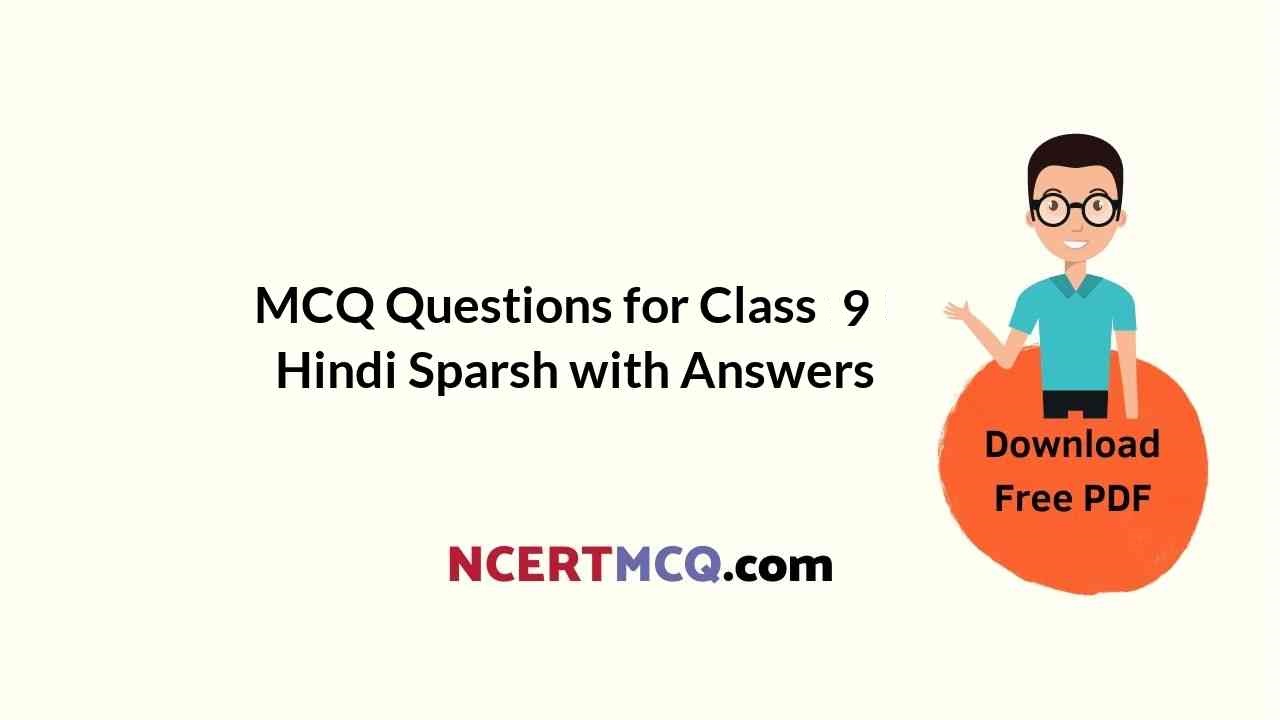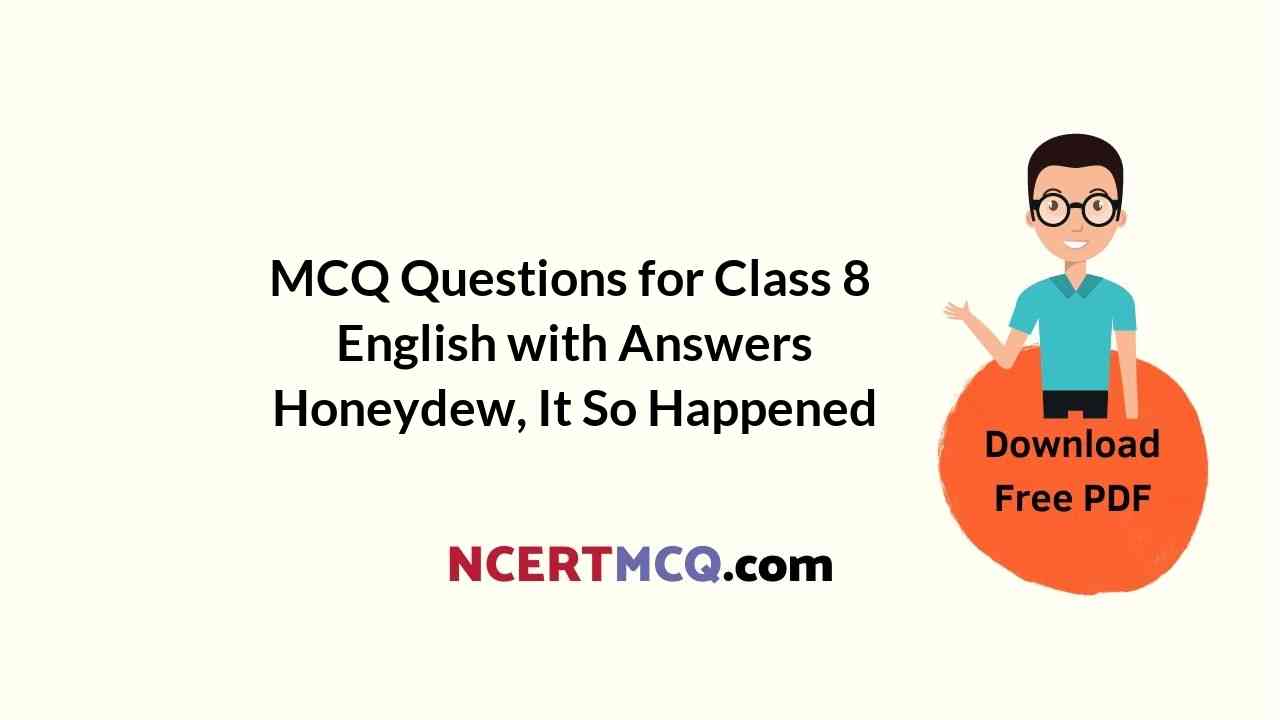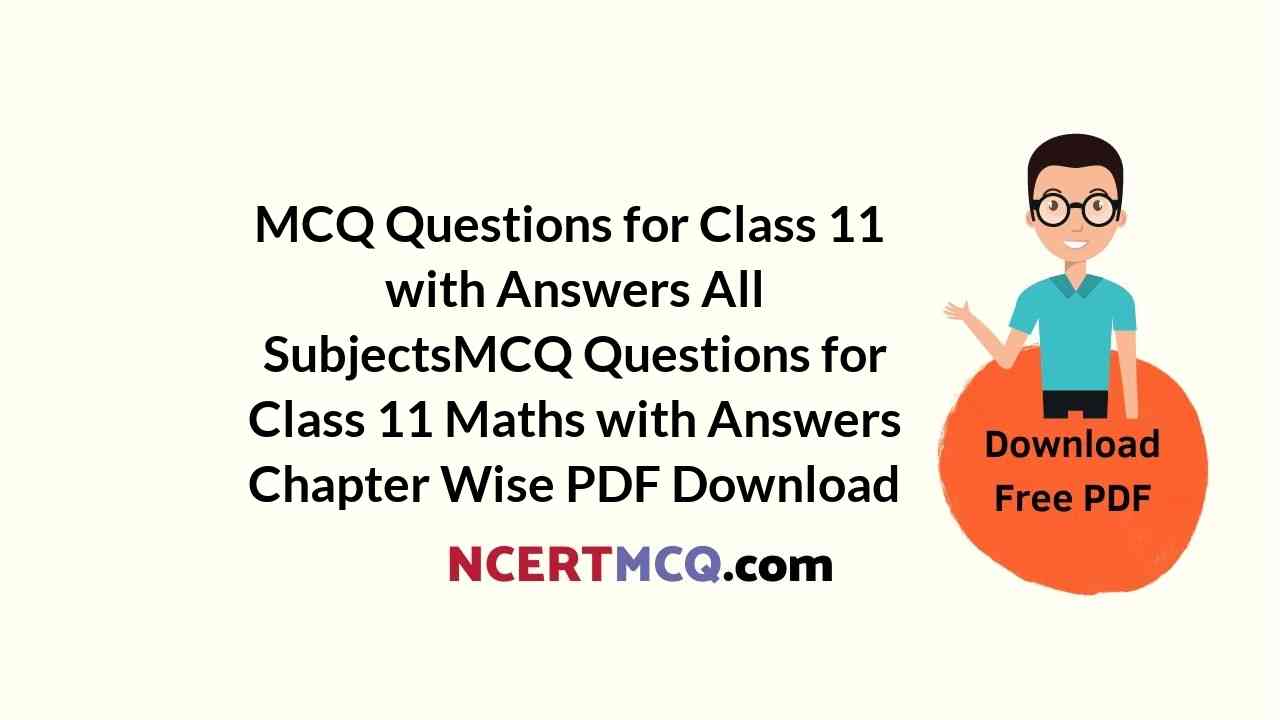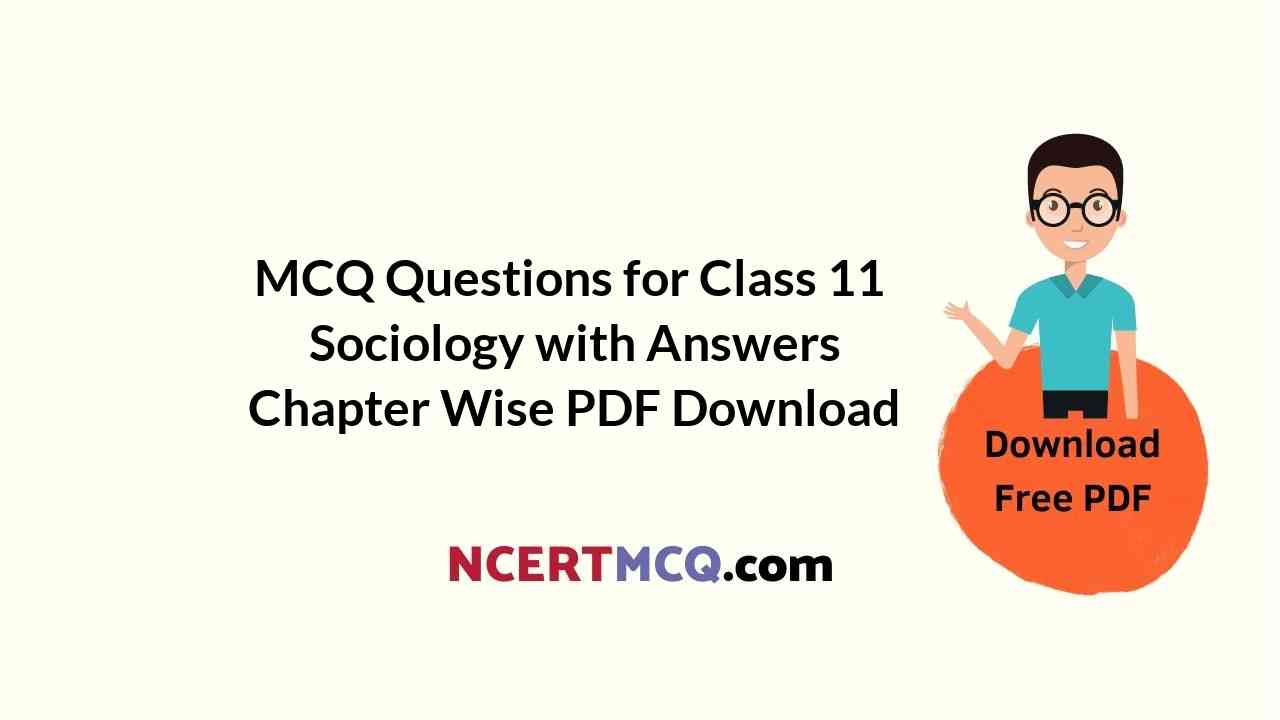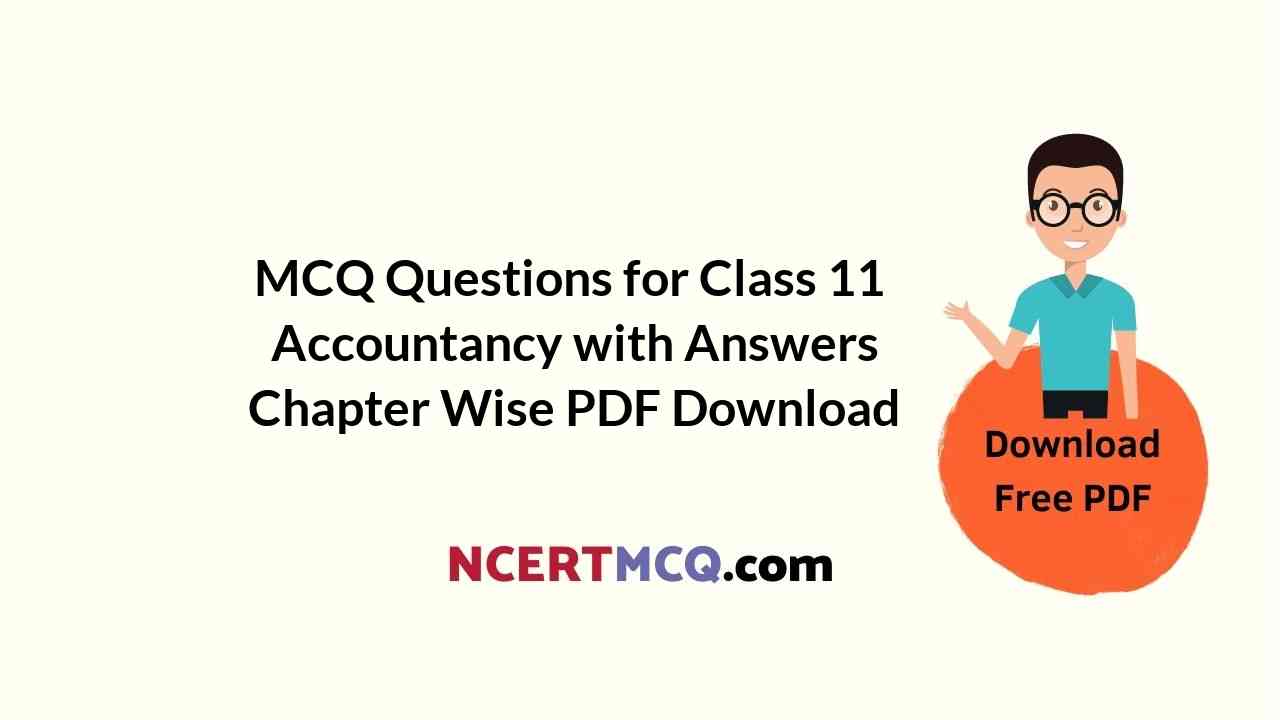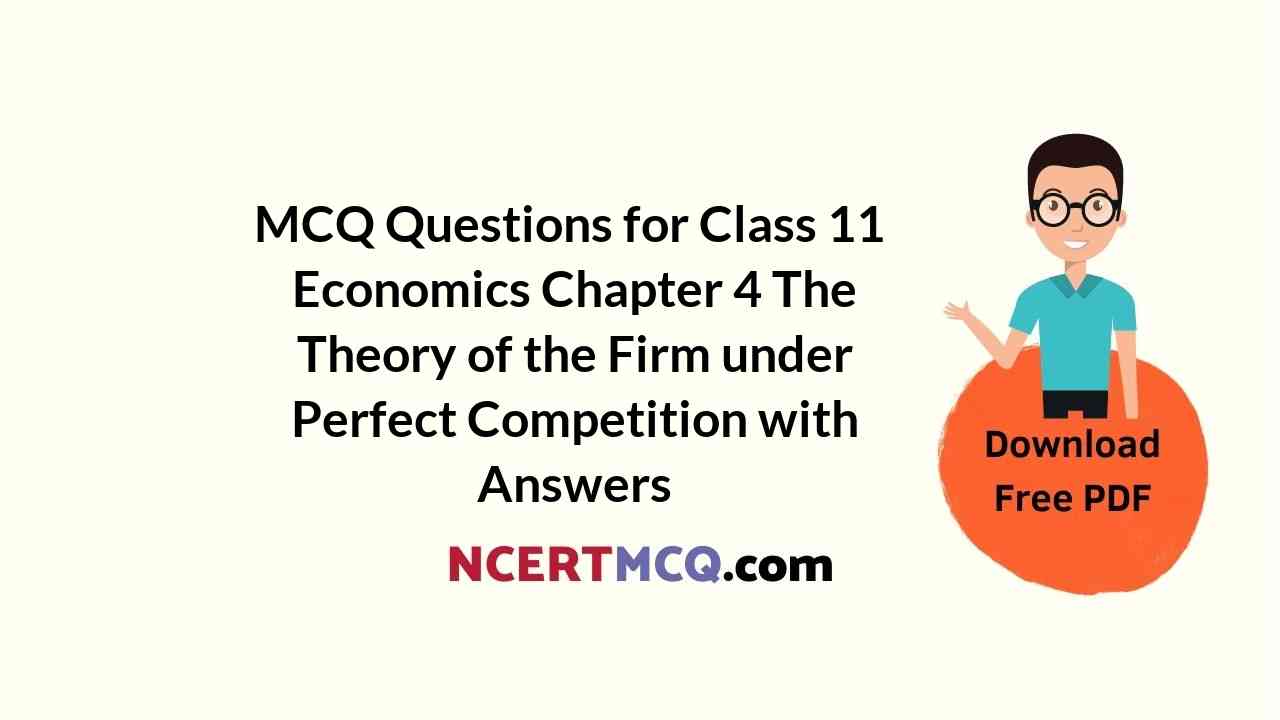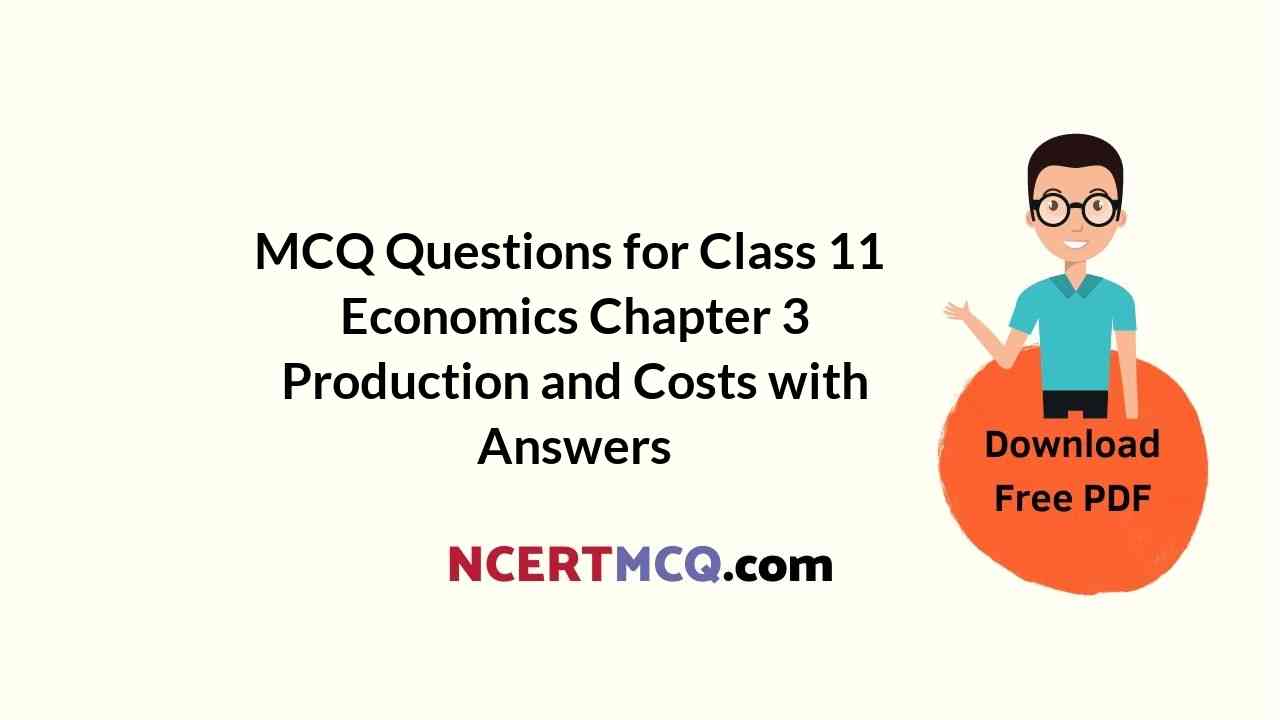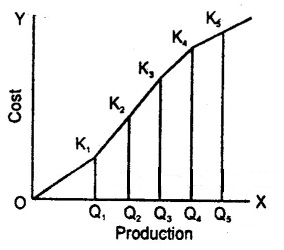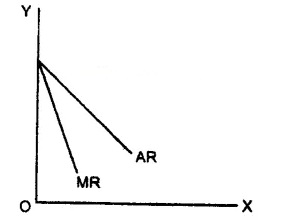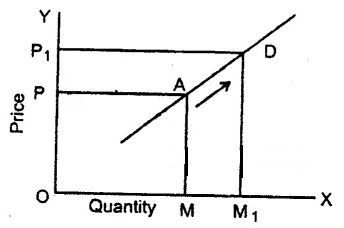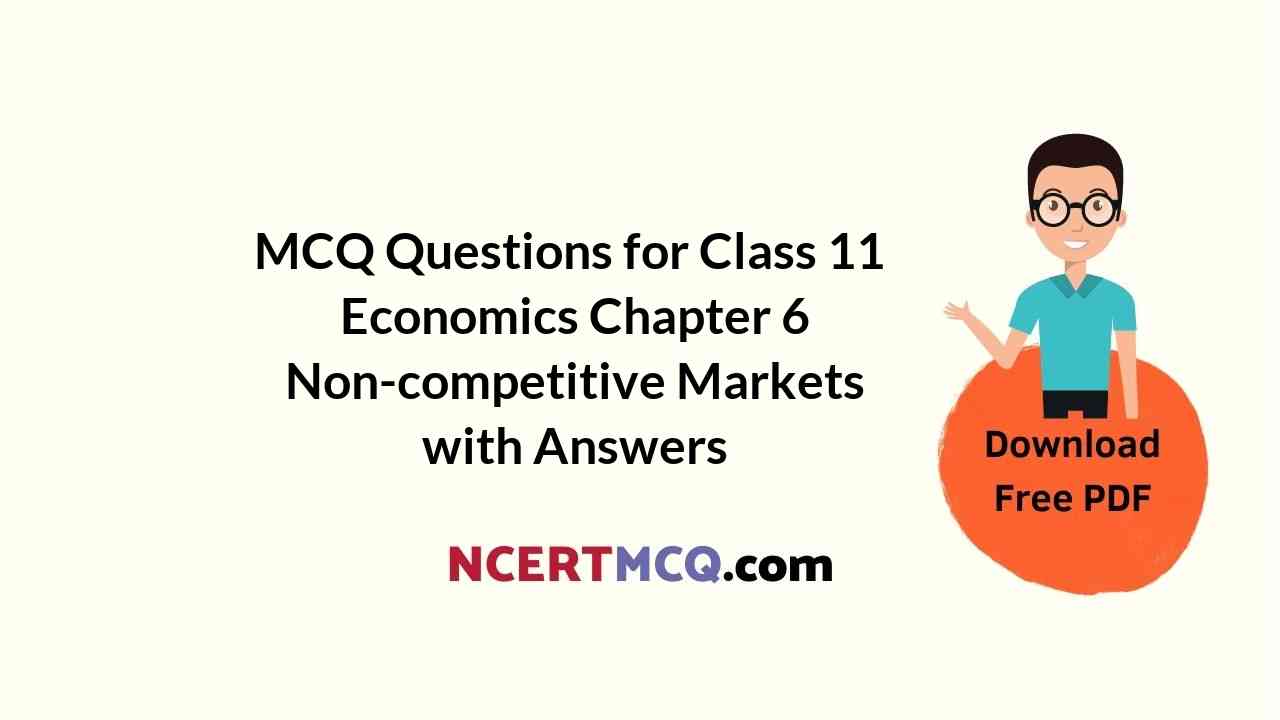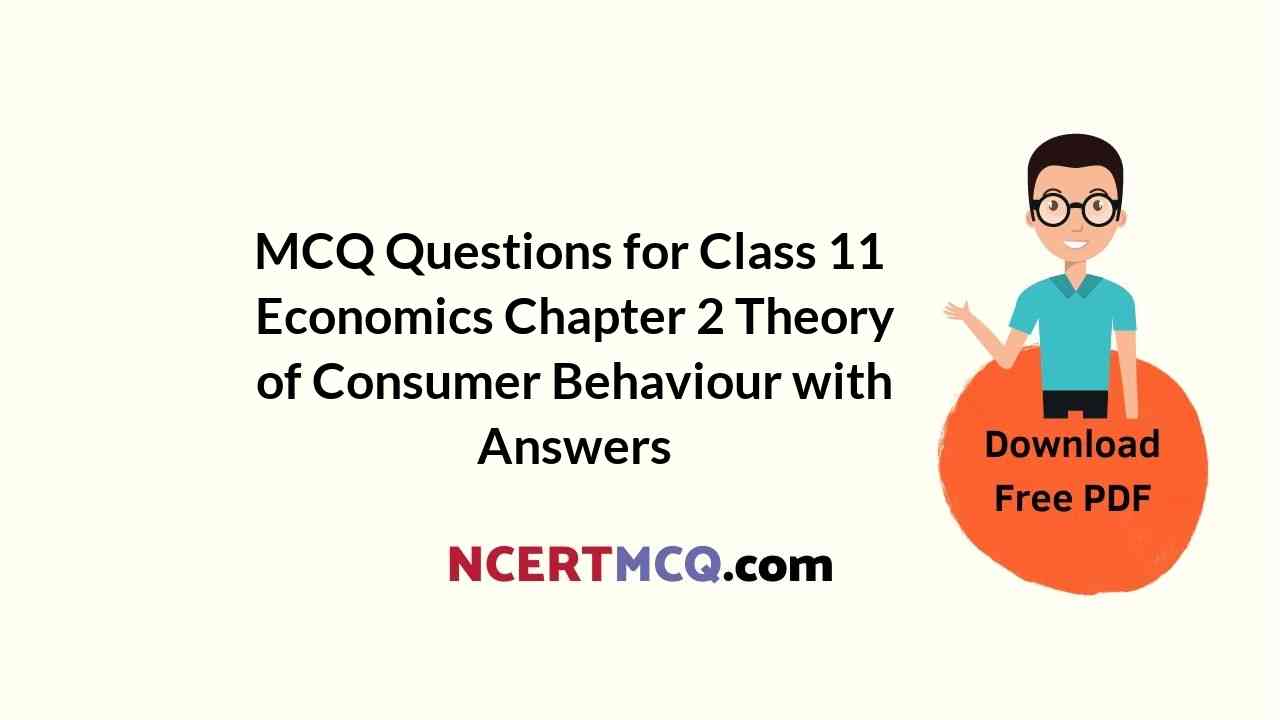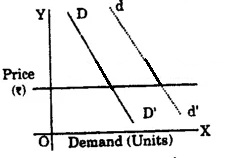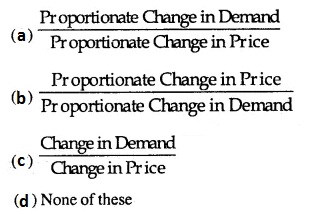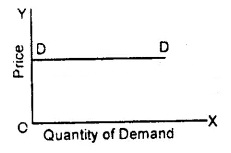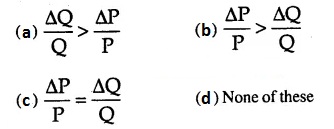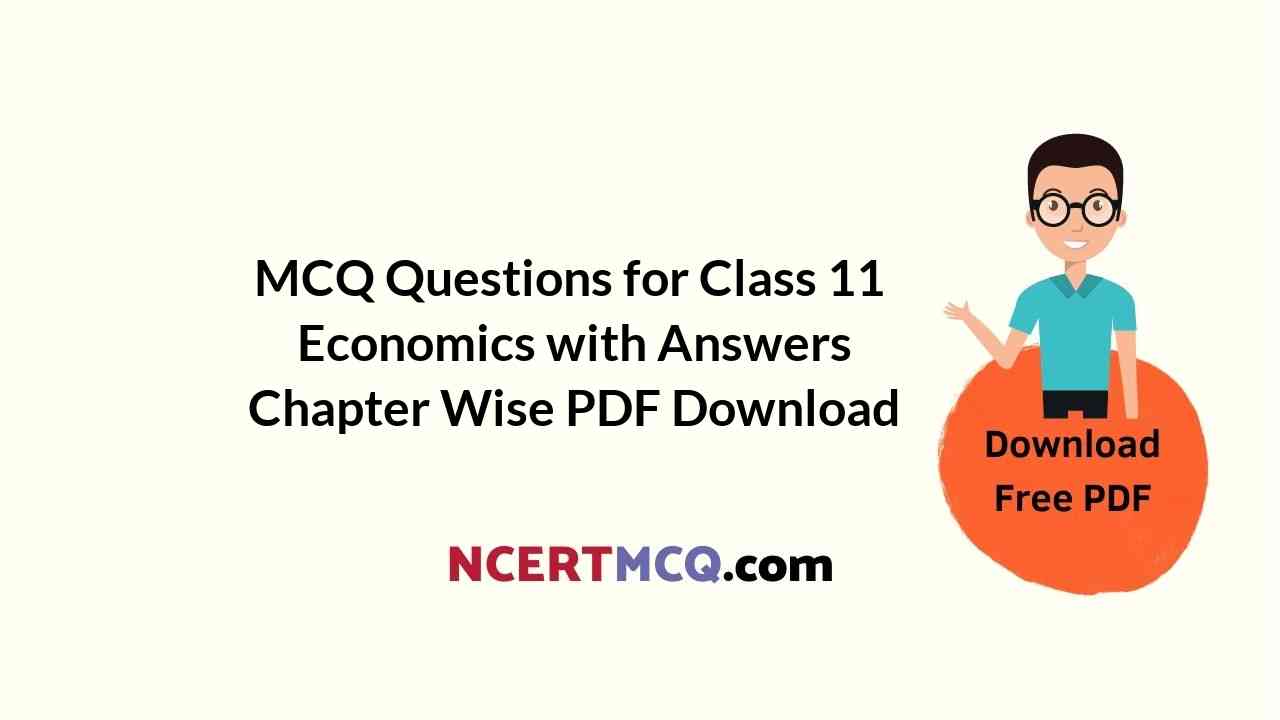Get Chapter Wise MCQ Questions for Class 9 Hindi Sanchayan with Answers Bhag 1 PDF Free Download prepared here according to the latest CBSE syllabus and NCERT curriculum. Students can practice CBSE Class 9 Hindi संचयन MCQs Multiple Choice Questions with Answers to score good marks in the examination.
Class 9 Hindi Sanchayan MCQs Multiple Choice Questions with Answers
Practicing these CBSE NCERT Objective MCQ Questions of Class 9 Hindi Sanchayan with Answers will guide students to do a quick revision for all the concepts present in each chapter and prepare for final exams.
MCQ Questions for Class 9 Hindi Sanchayan with Answers
- गिल्लू Class 9 MCQ
- स्मृति Class 9 MCQ
- कल्लू कुम्हार की उनाकोटी Class 9 MCQ
- मेरा छोटा-सा निजी पुस्तकालय Class 9 MCQ
- हामिद खाँ Class 9 MCQ
- दिये जल उठे Class 9 MCQ
We hope the given NCERT MCQ Questions for Class 9 Hindi Sanchayan with Answers PDF Free Download will help you. If you have any queries regarding CBSE Class 9 Hindi संचयन MCQs Multiple Choice Questions with Answers, drop a comment below and we will get back to you soon.
